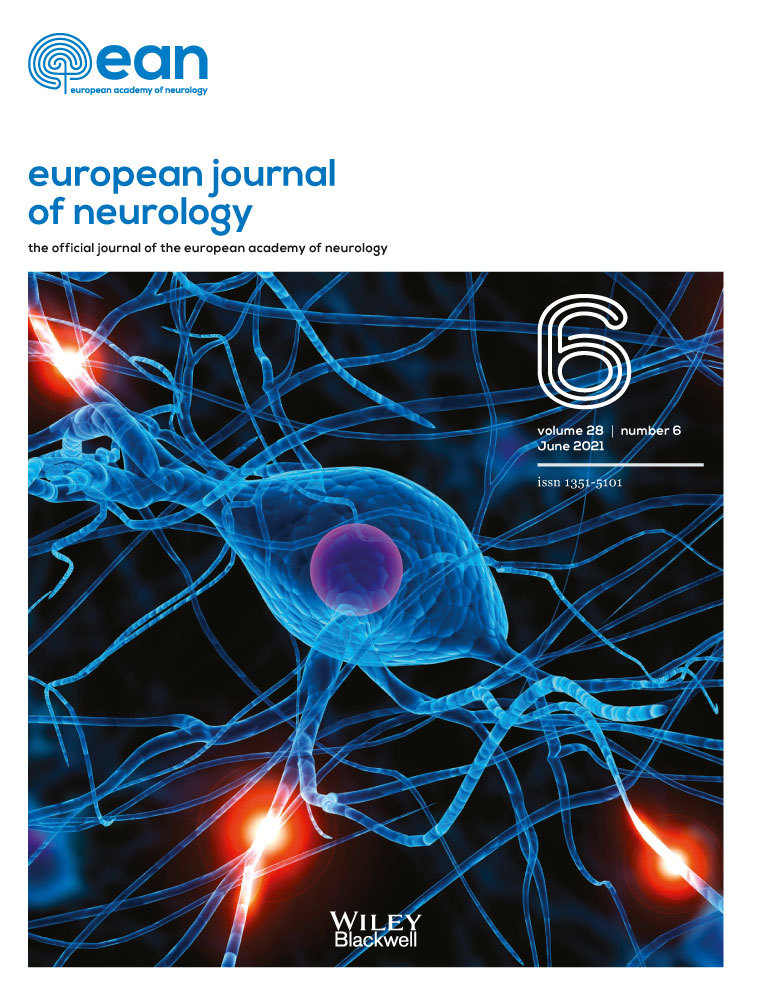High incidence of stroke in young adults in Tartu, Estonia, 2013 to 2017: A prospective population-based study
Abstract
Background and purpose
Previous studies conducted elsewhere in the world have demonstrated an increase in the incidence of ischemic stroke (IS) in younger ages. We sought to determine stroke incidence and 28-day case-fatality rates in 15- to 54-year-old residents of Tartu, Estonia from 2013 to 2017.
Methods
All stroke cases that were the first ever in a lifetime (IS, nontraumatic intracerebral hemorrhage [ICH], and subarachnoid hemorrhage [SAH]) in 15- to 54-year-old residents of Tartu, Estonia were prospectively registered from January 1, 2013 to December 31, 2017. Several additional overlapping data sources were used for case ascertainment including other departments of the Tartu University Hospital and outpatient clinic, Estonian Cause of Death Registry, and the Estonian Electronic Health Record. All cases were thoroughly validated before inclusion.
Results
We identified 110 cases (43.6% female) of first-ever stroke (IS 72.7%, ICH 12.7%, SAH 14.6%), out of which 85.5% were included prospectively. The mean age at onset was 44.3 ± 8.5 (SD) years. The mean age at onset was higher for men than for women (p = 0.046). The incidence of stroke standardized to the 1976 European standard population (EUR) was 46.1/100,000 (95% confidence interval [CI]: 37.4–54.8). IS incidence was 33.4/100,000 EUR (95% CI: 26–40.7). The total stroke incidence was higher in 45- to 54-year-old men than in women in the same age group (rate ratio, 2.24; 95% CI: 1.35–3.71). There were no more significant differences between sexes or age groups. The 28-day case-fatality rate was 10.9% for all strokes.
Conclusions
Our study shows higher crude incidence and case fatality of stroke in the young compared to studies from other high-income countries.
CONFLICT OF INTERESTS
None.
Open Research
DATA AVAILABILITY STATEMENT
The data that support the findings of this study are available from the corresponding author upon reasonable request.




